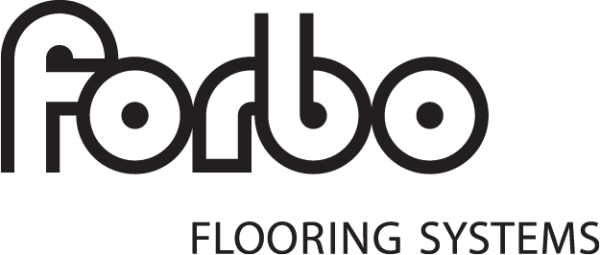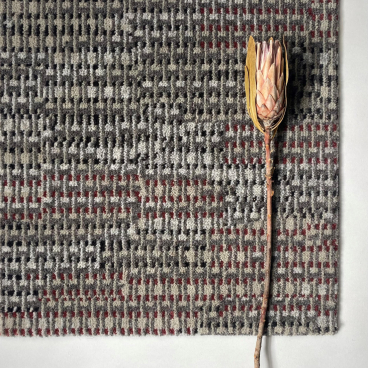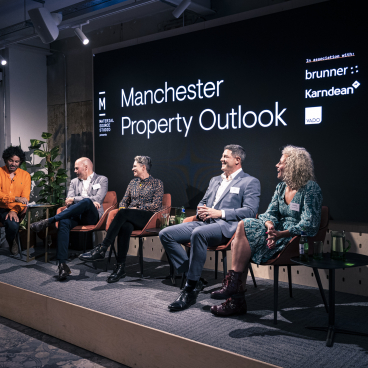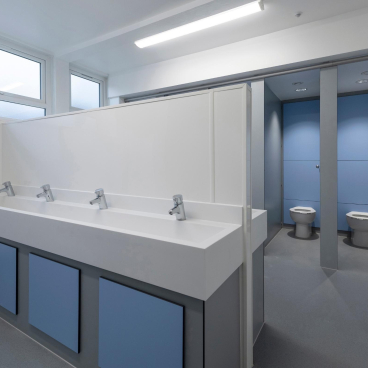What is the future of education?
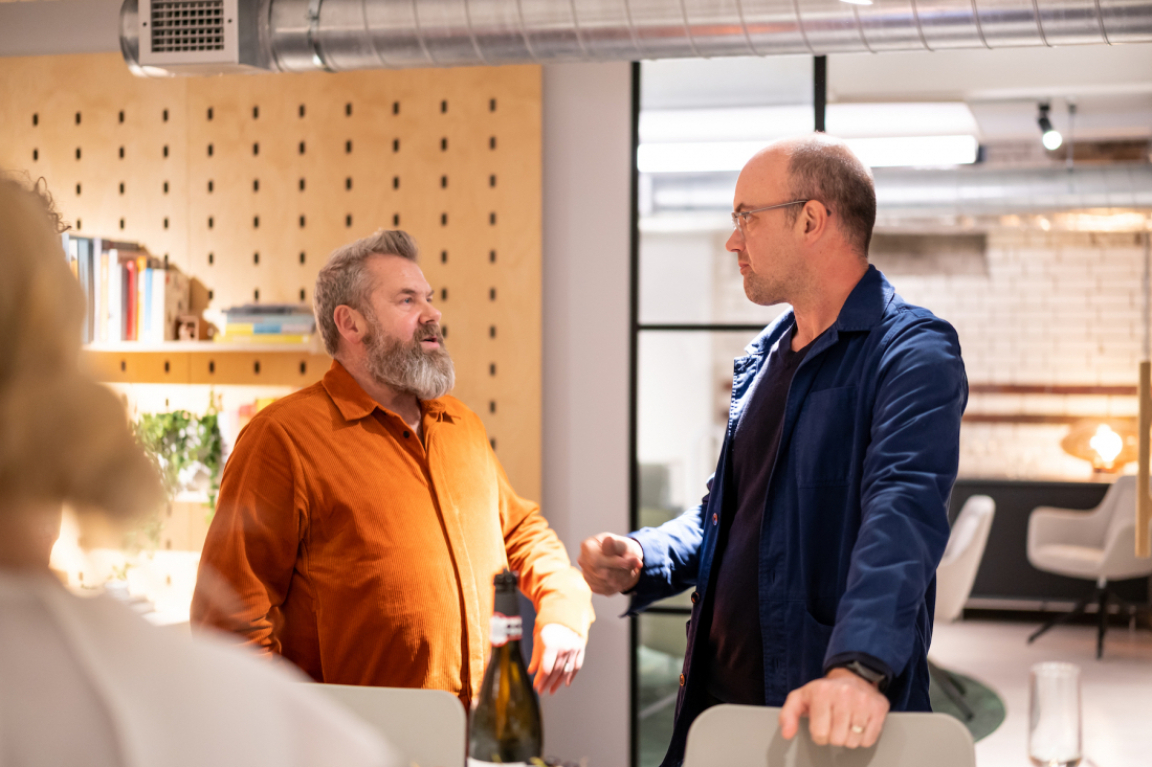
As with all other sectors in the built environment, education has been hugely impacted by the pandemic. Clearly presenting a strong catalyst for change, we were keen to explore what this means for the future of schools, higher, and further education facilities. And who better to ask, than the experts...
We brought together some of the most prolific thought leaders in the world of education - all pioneers in making positive change to both the learning and teaching experience, on a global scale. With just an hour to discuss topics from the radical reinvention of space to the impact of neurodiversity and rising design standards, we merely scratched the surface. But the conversation that ensued - led by Material Source Studio director, David Smalley - provided a fantastic insight into where educational design is headed. Here, we share the highlights.
Our guests
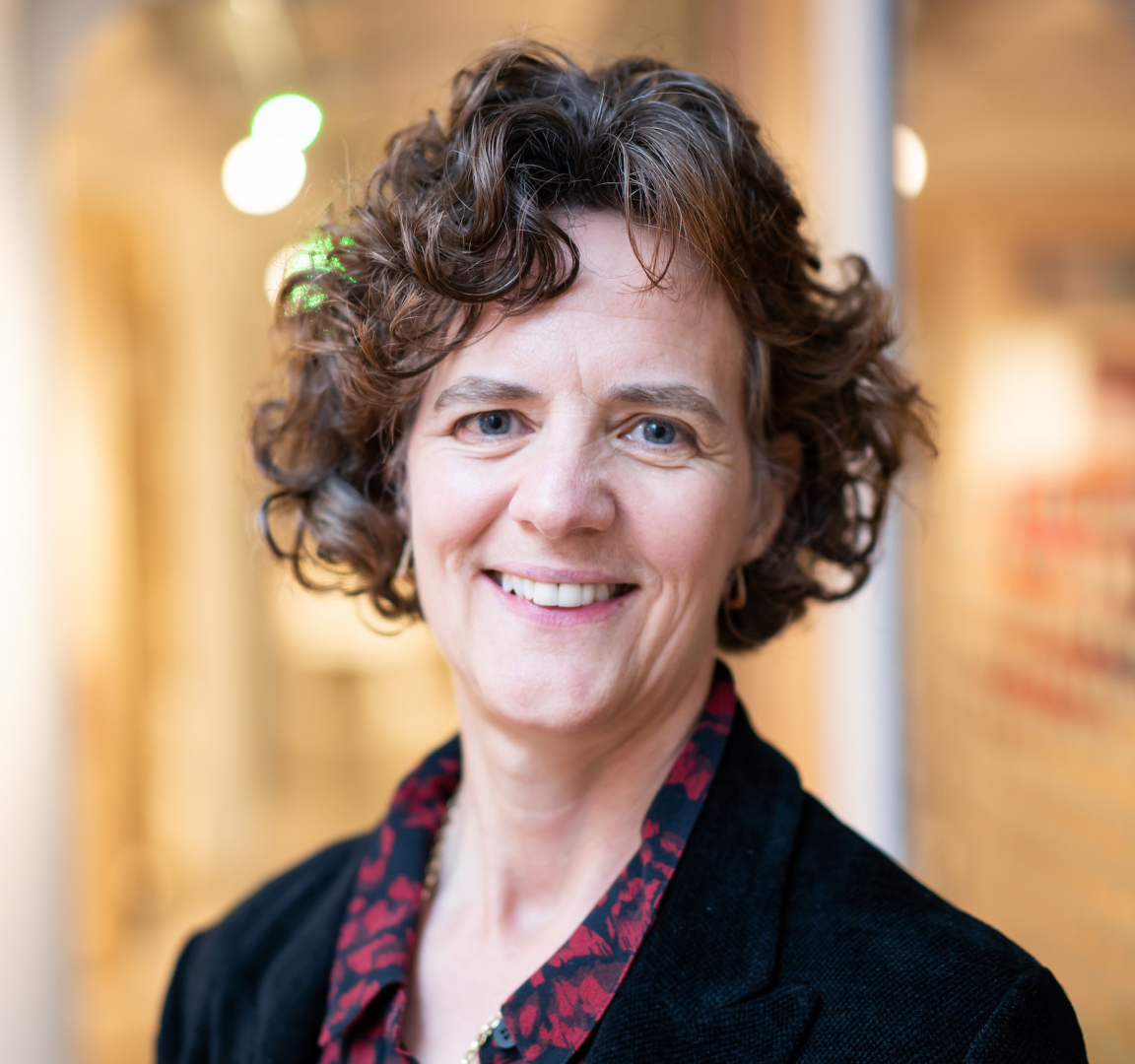
Liz Gatheral, Director of Estates & Capital Projects, University of Central Lancashire
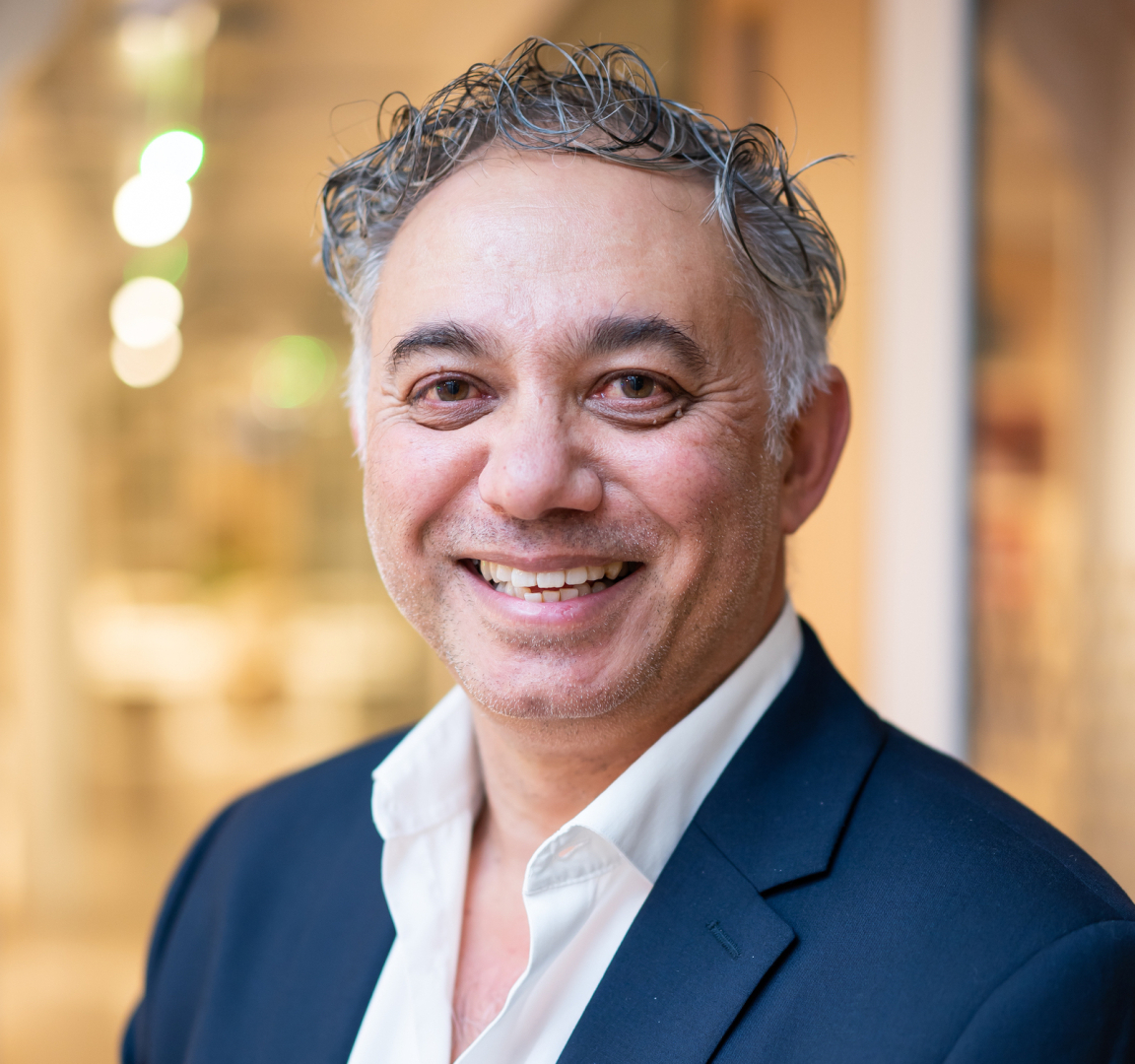
Professor Kevin Singh, Head of Manchester School of Architecture, MMU
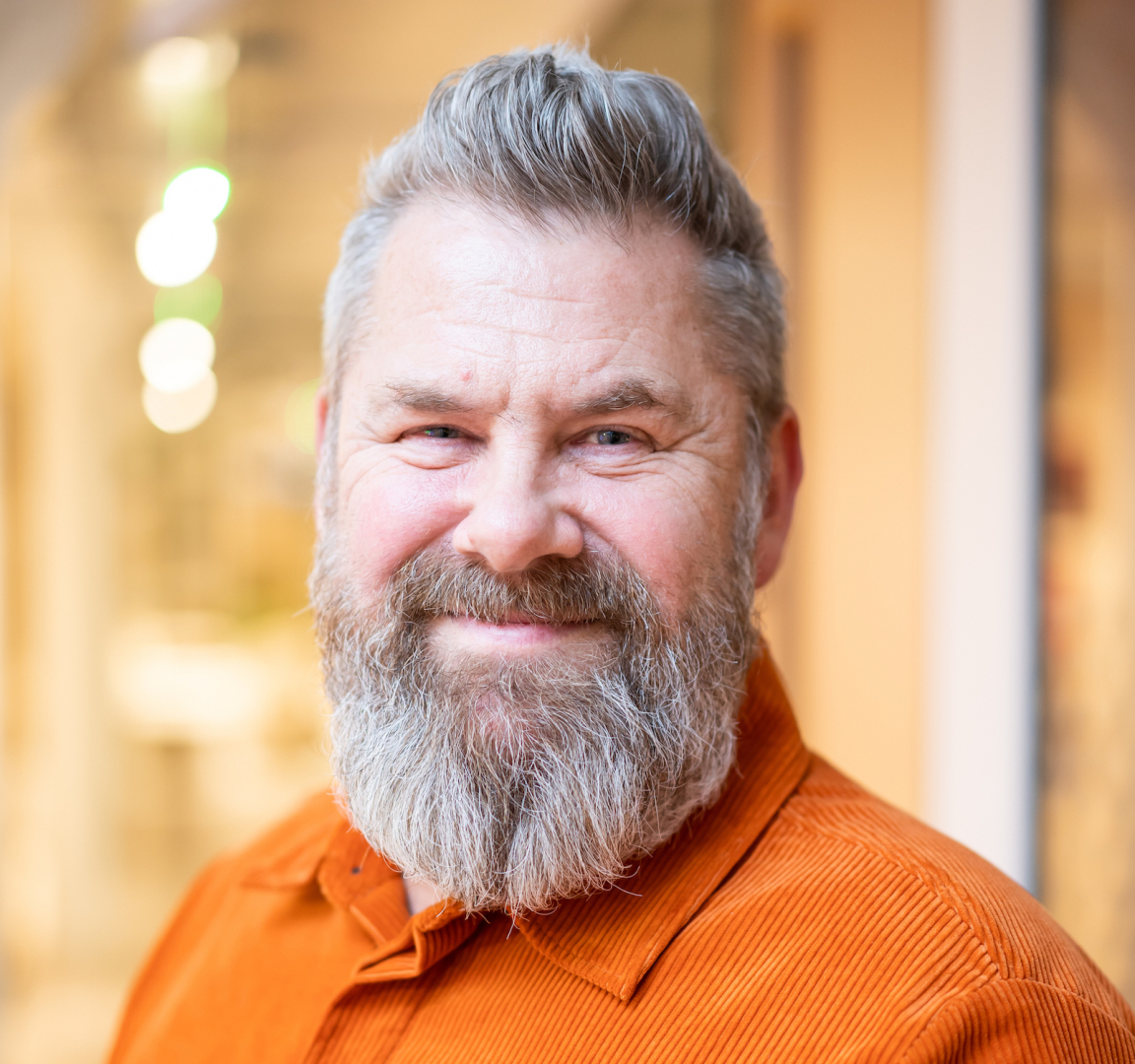
Dave Judge, Creative Director, Space Zero
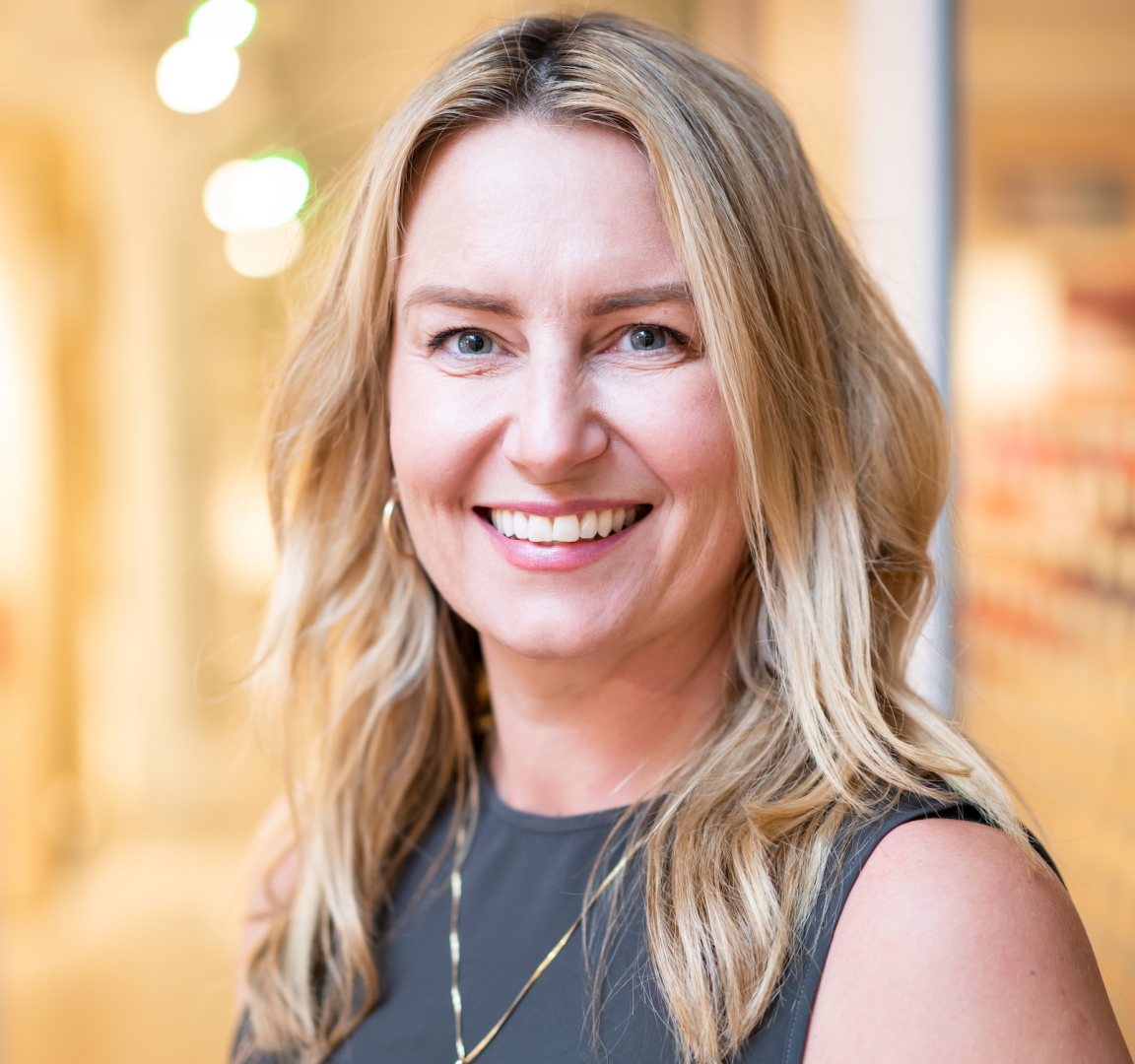
Maja Nesdale, Principal – Mixed-use buildings, IBI
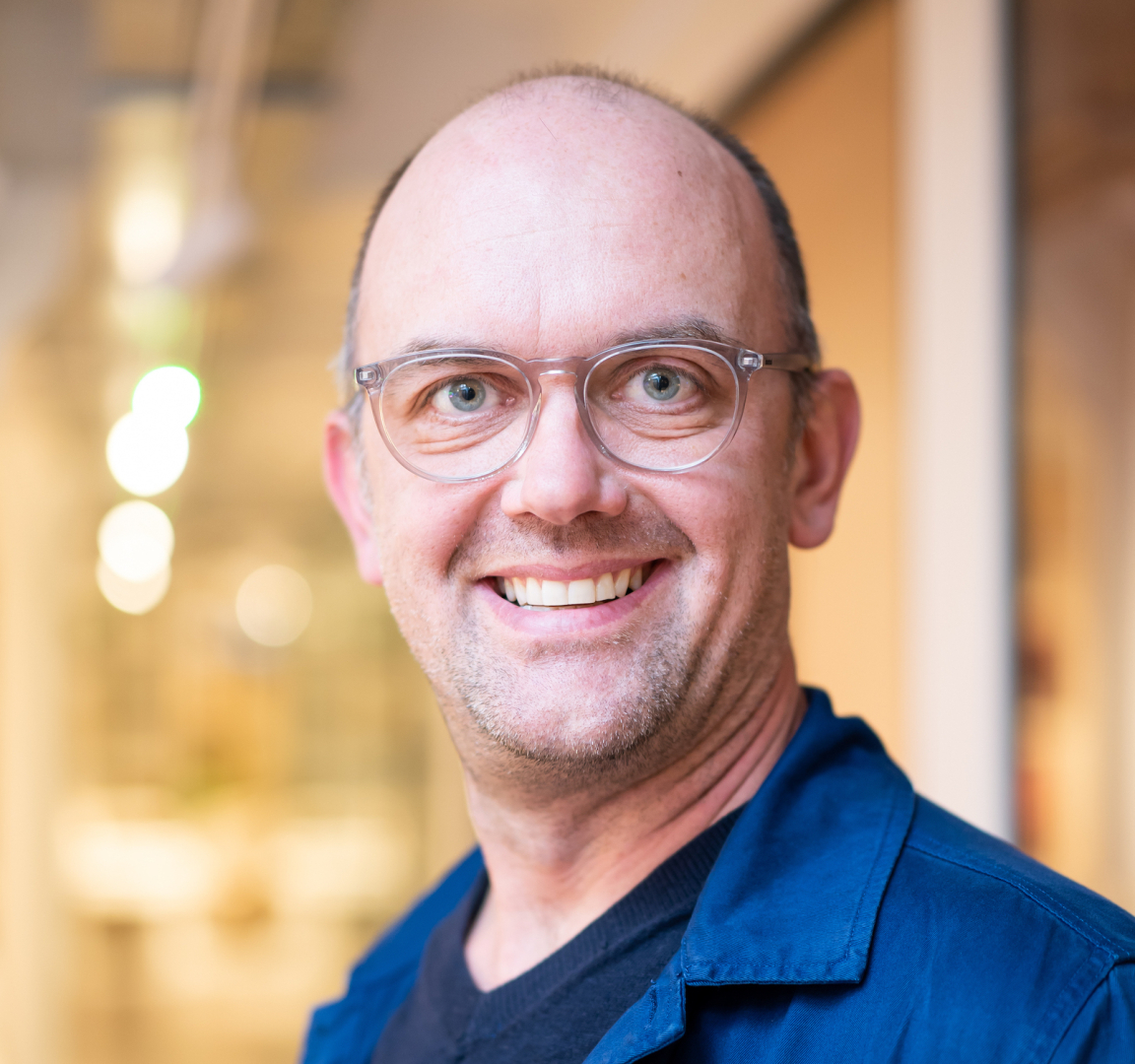
Mark Slocombe, Studio Leader, Atkins
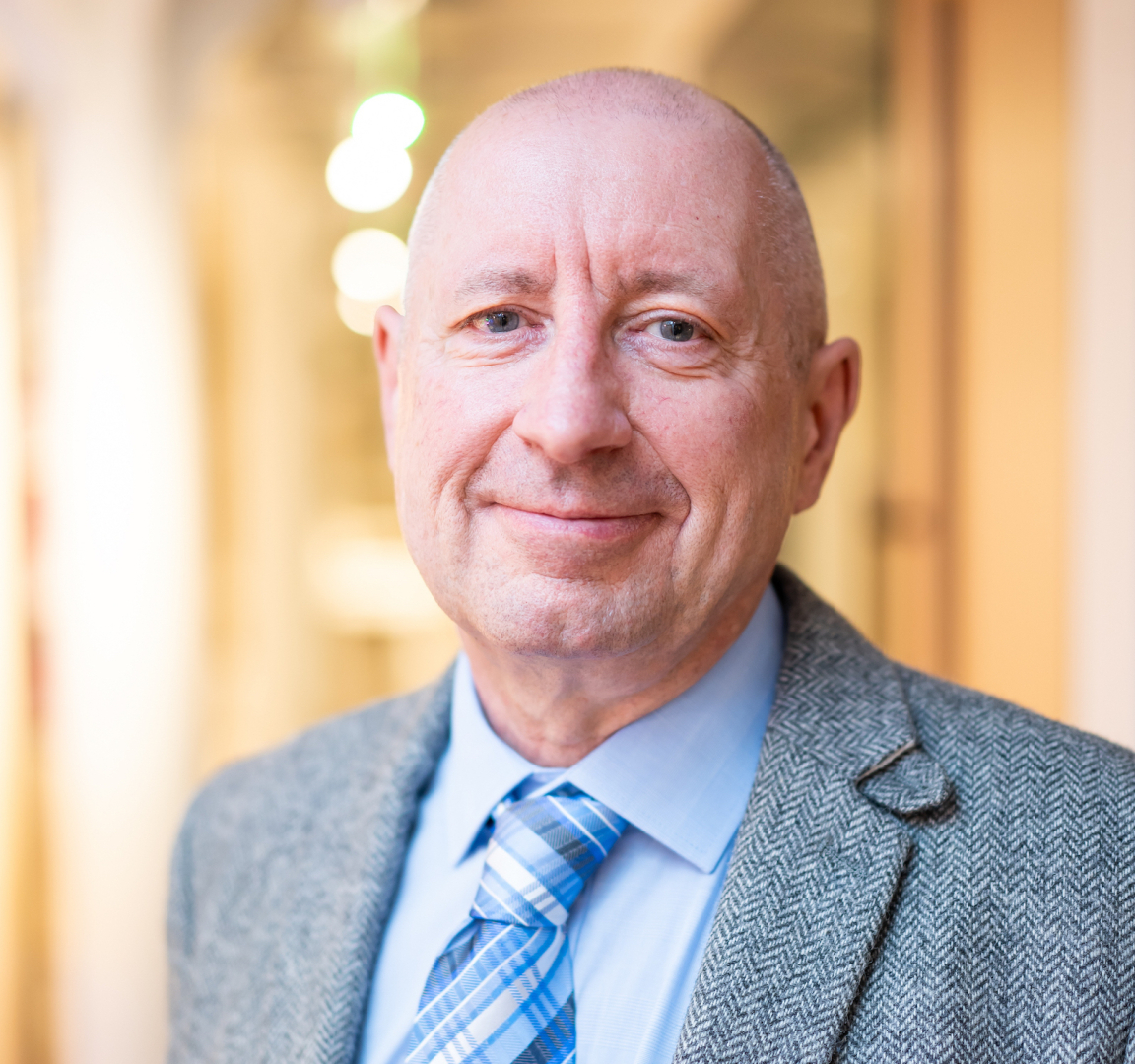
Jon Rogers, Business Area Manager, Forbo
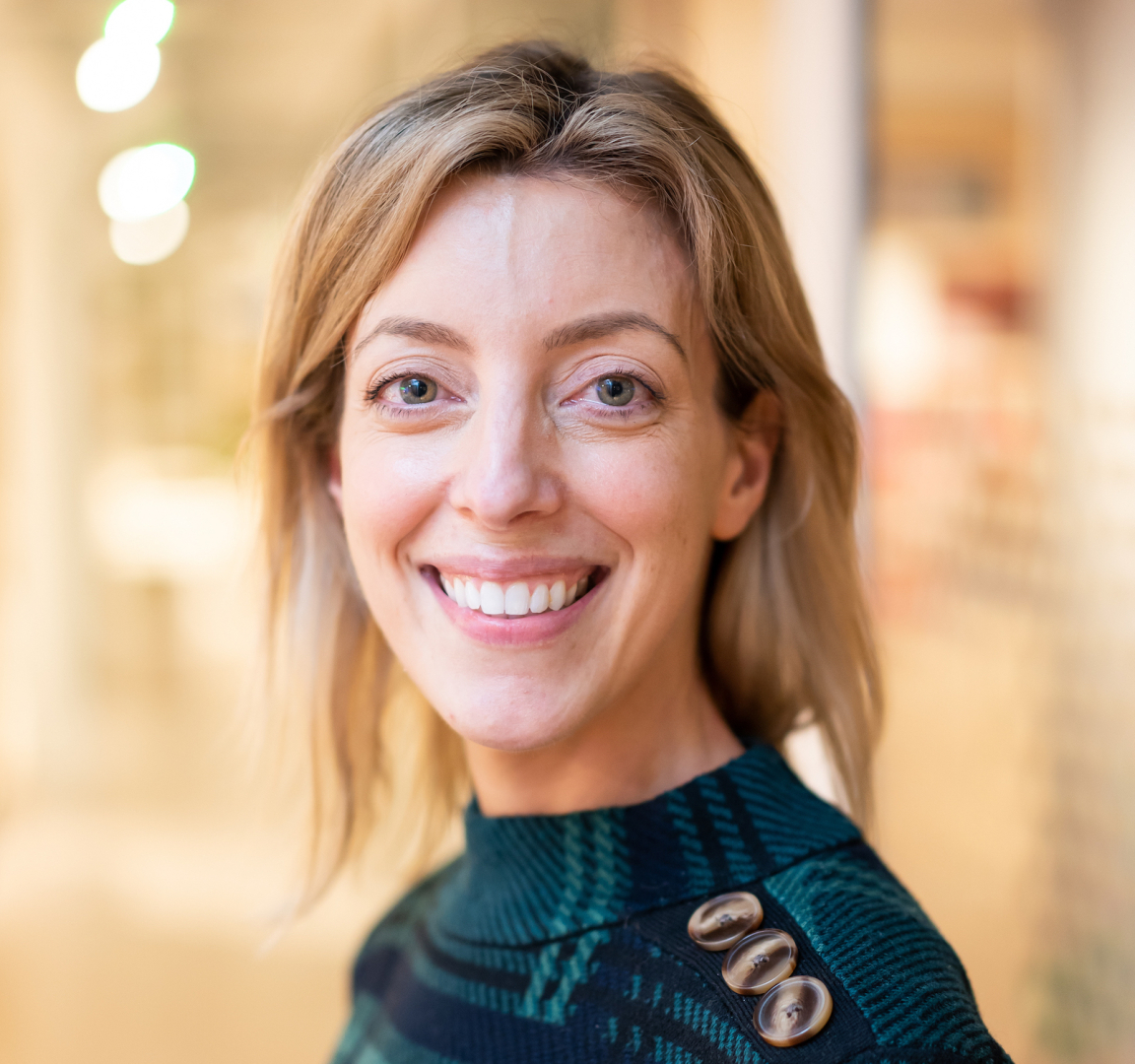
Catherine Grills, Director of Faculty Operations, University of Manchester

Professor Peter Green, Vice Dean Teaching, Learning & Students, University of Manchester
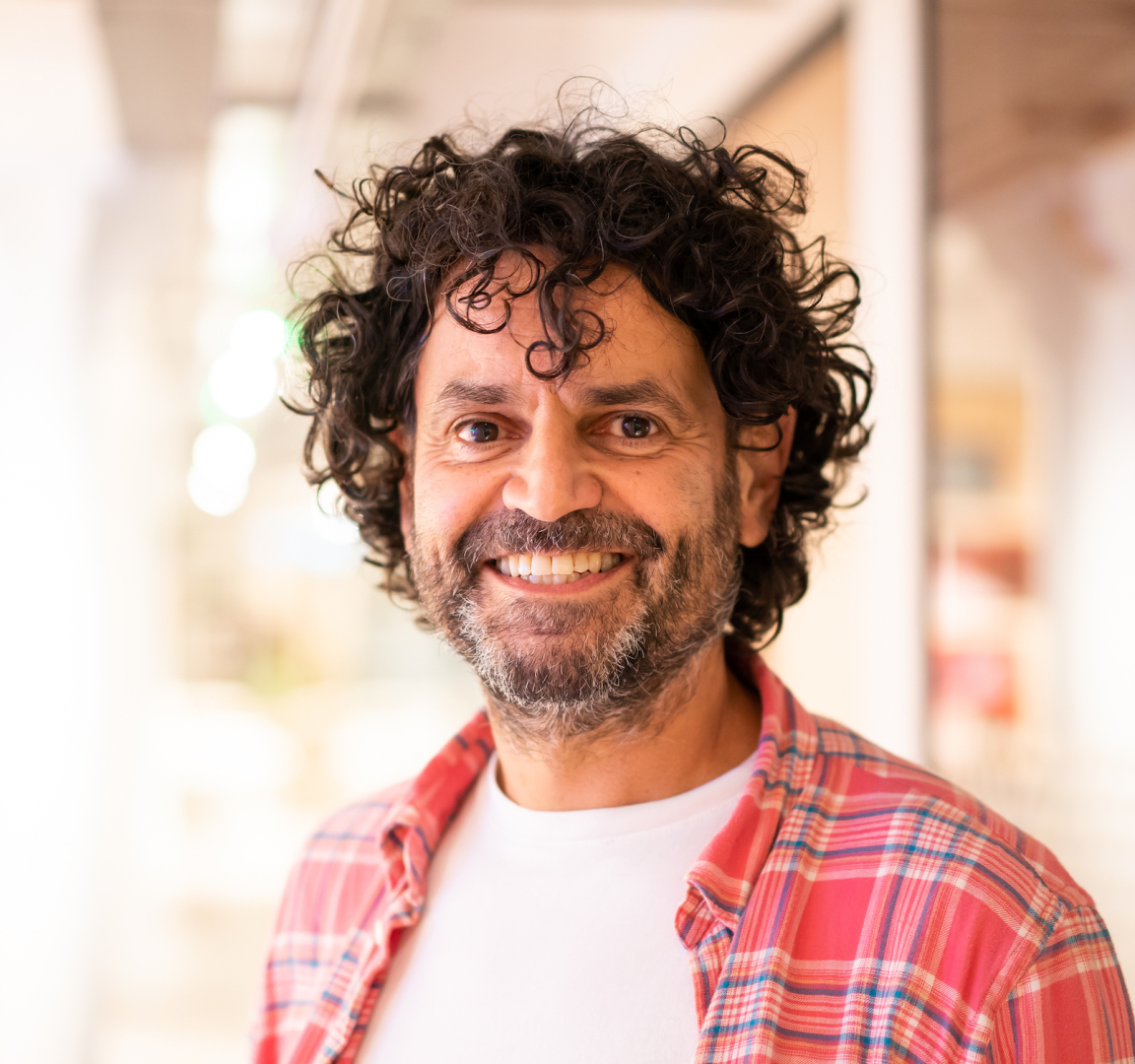
David Smalley, Director, Material Source Studio
To kick us off, we asked: where should children go during the day?
"I've got three children all at University right now, and I feel that they have had pretty much the same experience at school as I had," answered Dave. "School hasn't changed that much in 200 years.
"In his book, Sir Anthony Seldon points out that technology in schools has made a poor system slightly faster. And then you've got Ken Robinson talking about the idea that we shove all kids in the year of manufacture and make them all stay in the same space. So we know there are fundamental problems.
"Also, as Seldon points out, which I do think is very true, AI is about to provide us voice interface at a level that will pass the Turing test in about five to six years. So Alexa will be able to teach your children quadratic equations or how a cell divides - anything that's rote learning, that personal guidance will be coming from AI very shortly, which could actually relieve teachers of a lot of repetitive, time consuming work and free them up to give more mentoring."
"This scares me a bit," replied Mark, "but I don't disagree that it's coming."
Alexa will be able to teach your children anything that’s rote learning. And that will relieve teachers of a lot of repetitive, time consuming work - freeing them up to give more mentoring – Dave Judge, Creative Director, Space Zero
Maja offers a different perspective: "To talk about technology and space relating to technology, I don't think they have to be completely intertwined. They can be separate to each other. Whatever the technology might be, technology is an enabler, it's not a teaching tool."
Dave believes that up to now, schools have been designed to "put kids in boxes", rather than enabling them to collaborate - "working on projects and being inquisitive and trying to find things out, those kind of skills that are required for the future. We have to ask ourselves, what is the purpose of schools? And what is learning, really?"
But in Maja's view, some have been trying to change those boxes since the early 2000s. "When you're talking about boxes of rooms and corridors, this is something that was already trying to be changed back in 2005. If anyone can remember the BSF and Academies Programmes, we talked about this before the iPhone was invented and there were many schools that did try to go for barn like teaching or plaza teaching, whatever you want to call it - getting 90 kids in a classroom with multiple teachers and getting the space to work around them.
"The reality in the UK is that often what is asked is: how much space can I get for the funding I've been given?"
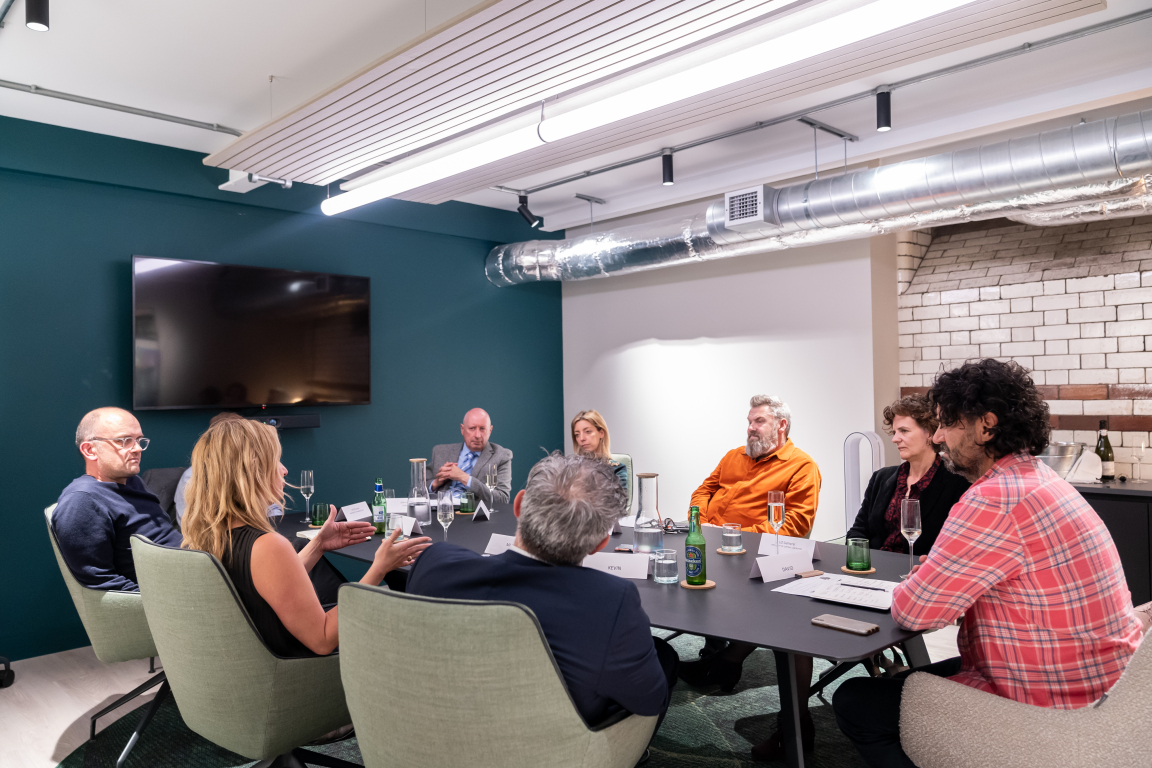
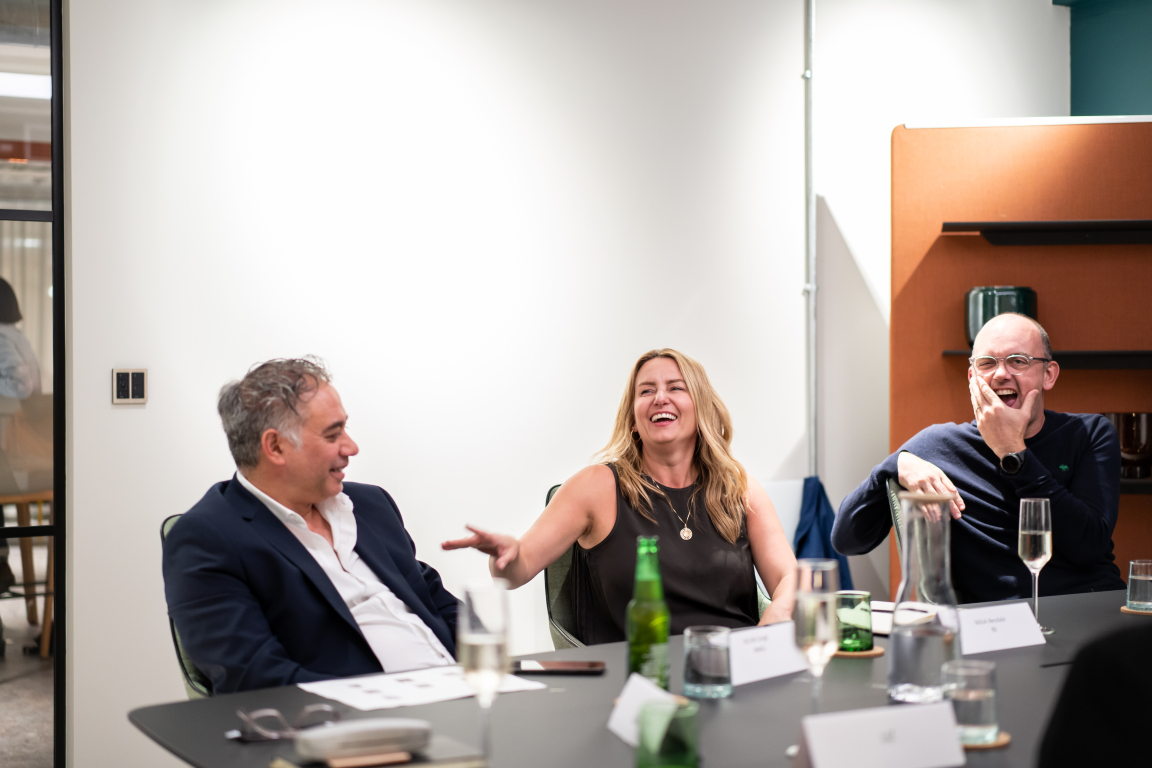
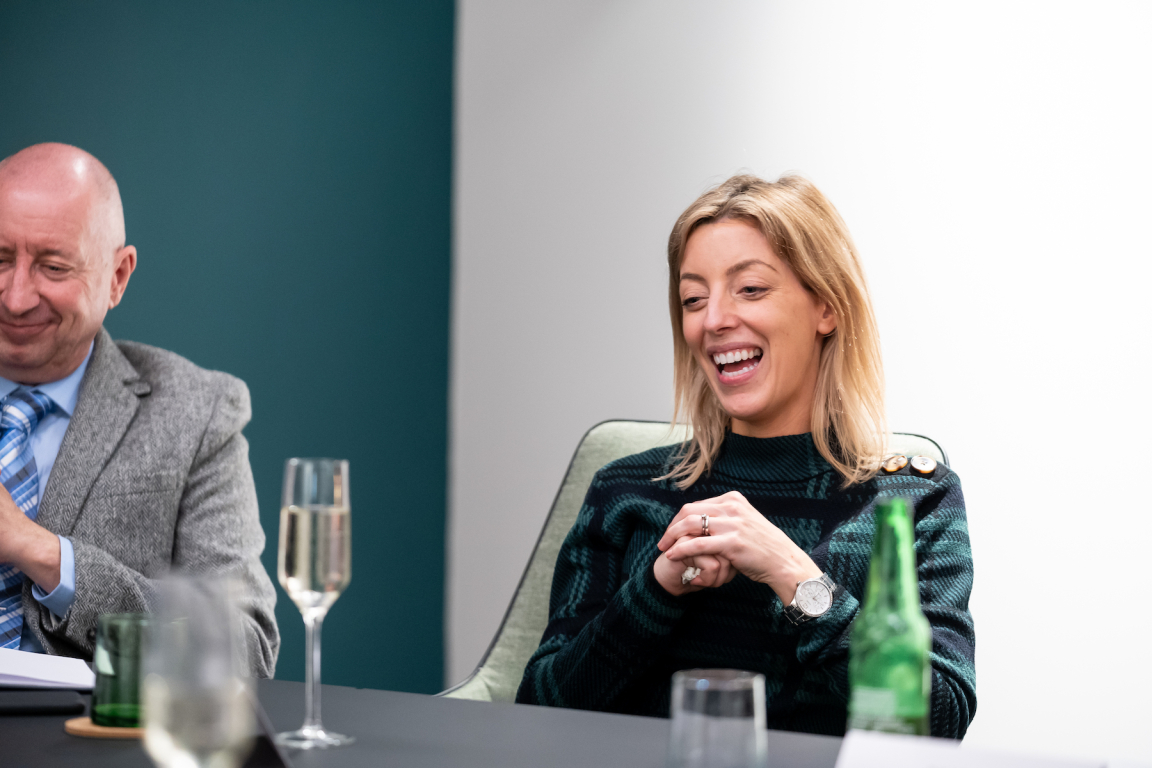
Moving onto higher education, at one institution, the traditional rulebook has been thrown out the window. The University of Manchester's Engineering department has undergone a radical transformation, with Catherine and Peter at the helm.
"In 2012, the University agreed on the funding to move us to a site on Brook Street to consolidate our campuses. So in 2014, I led the team coordinating all the requirements alongside developing the design and vision for the project," begun Catherine. "We have just now moved the majority of people in - 1,300 staff across four separate departments in engineering and science, plus 7,500 taught students. Around 800 research students are also based there. Since making the move, we've reduced our occupied footprint by 28%.
"When we set out with this project, we had to dramatically rethink our operations. This led to a brief that would see the development of a workspace that fostered community and collaboration. By around 2016, we had delivered a design for the teaching and research that really met that vision. We spent £1 million on a pilot project through which over the course of nine months academics, staff and students trialled an open plan environment three months at a time in rotation.
"The result is that we've gone with a mix of shared offices for academics, some open plan. I would say we're post-pandemic-prepared because of that workspace. It's a flexible design, and we can easily remove the office walls when needed."
We launched a £1 million pilot project to test an open plan/activity-based environment – and it worked – Catherine Grills, Director of Faculty Operations, University of Manchester
So, was the project driven by needing to reduce the occupied footprint, or was that a consequence of it?
"It was a target figure", explained Peter, "but the thing was, when we did the space planning, we realised there were so many spaces in the existing estate that were unusable. They were either too big or too small, and some Grade II listed. And so actually some of it just dropped out naturally. From my point of view, the biggest step the University took, which was very brave at the time, was to put an academic around the table full time with the estates team."
Maja asked, "was change management needed" to ensure buy-in from all stakeholders?
The whole project was an exercise in change management, responded Peter. "I met a lady at a conference who said with this level of change management you should expect to lose 20% of your staff and be comfortable with that. But expect to recruit 20% who would have never looked at you before. Hold your nerve."
“Early stakeholder engagement pays dividends” – Professor Peter Green, Vice Dean Teaching, Learning & Students, University of Manchester
And was there any push back from stakeholders when it came to this project?
"We ran a BBI (Better Building Initiative) from the start, with many different, diverse groups strongly engaged. We were clear to state that this was their opportunity to help before any decisions had been made. And I think that's why we didn't get pushback."
Mark, who was involved in the project from an architecture perspective added: "If we hadn't pushed people out of their comfort zones we'd have ended up with a cookie cutter design."
The narrative around open plan is detrimental. But in reality, we only sit at our desks 30% of the time – Maja Nesdale, Principal – Mixed-use buildings, IBI
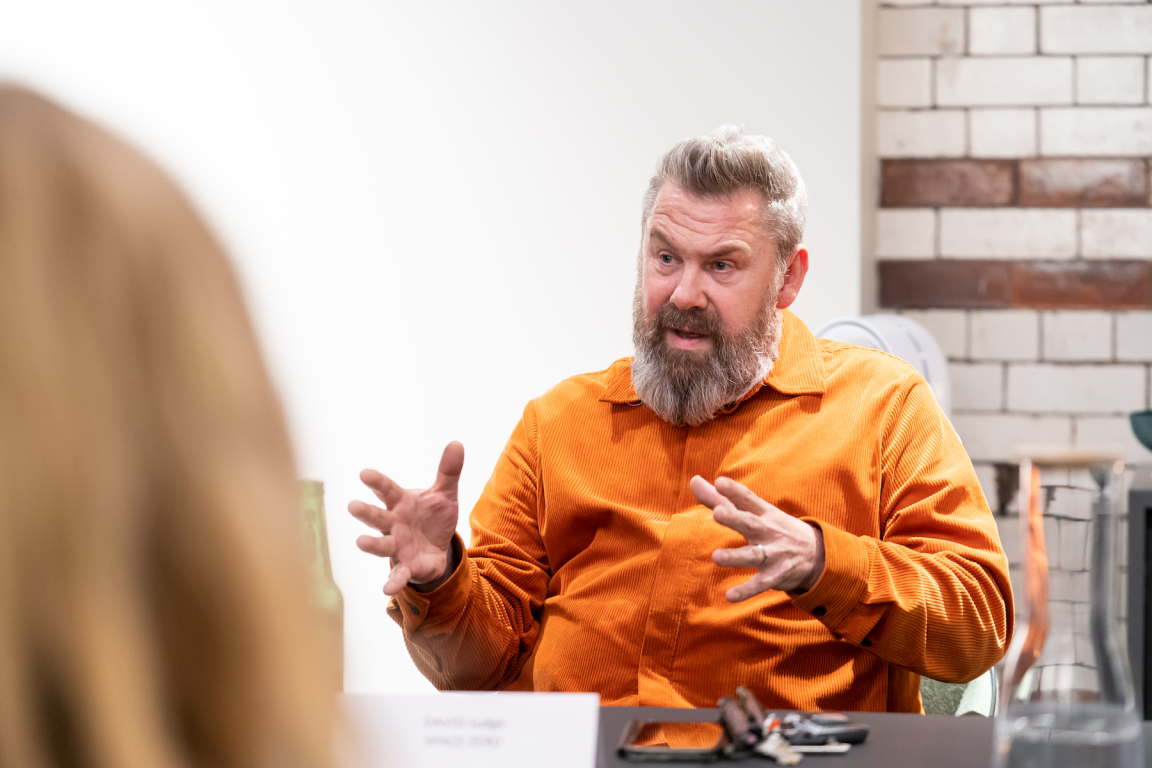
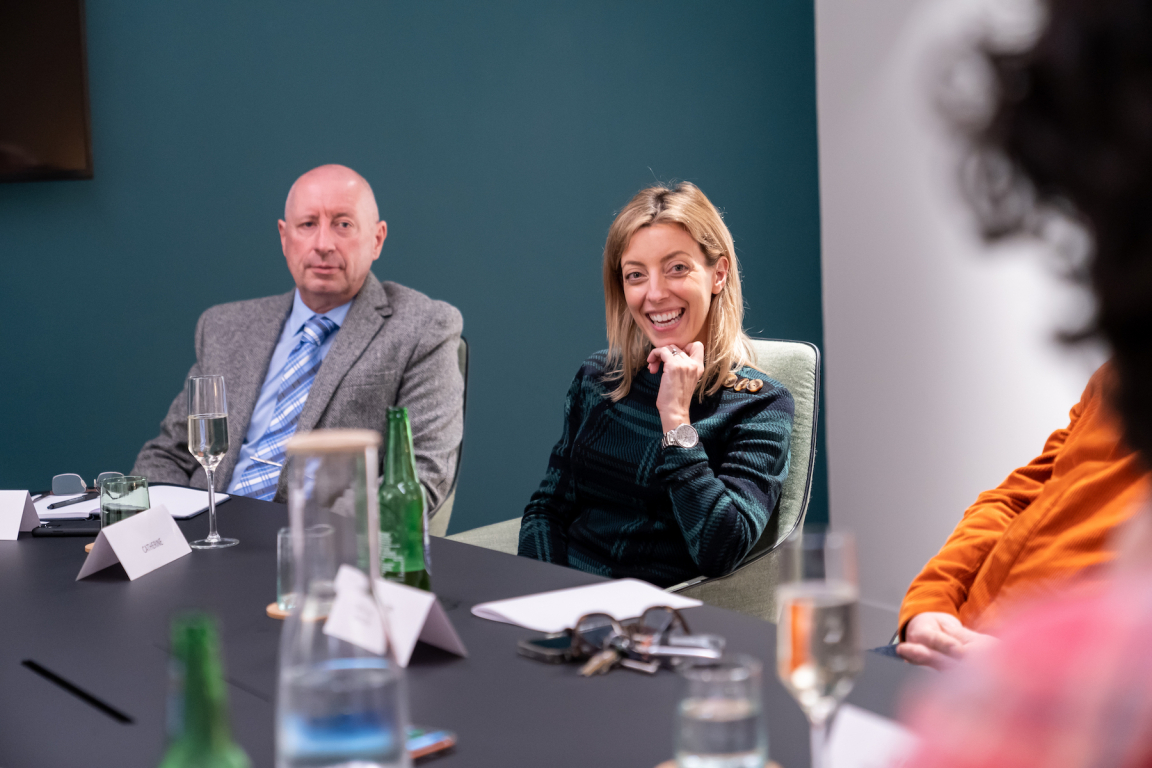
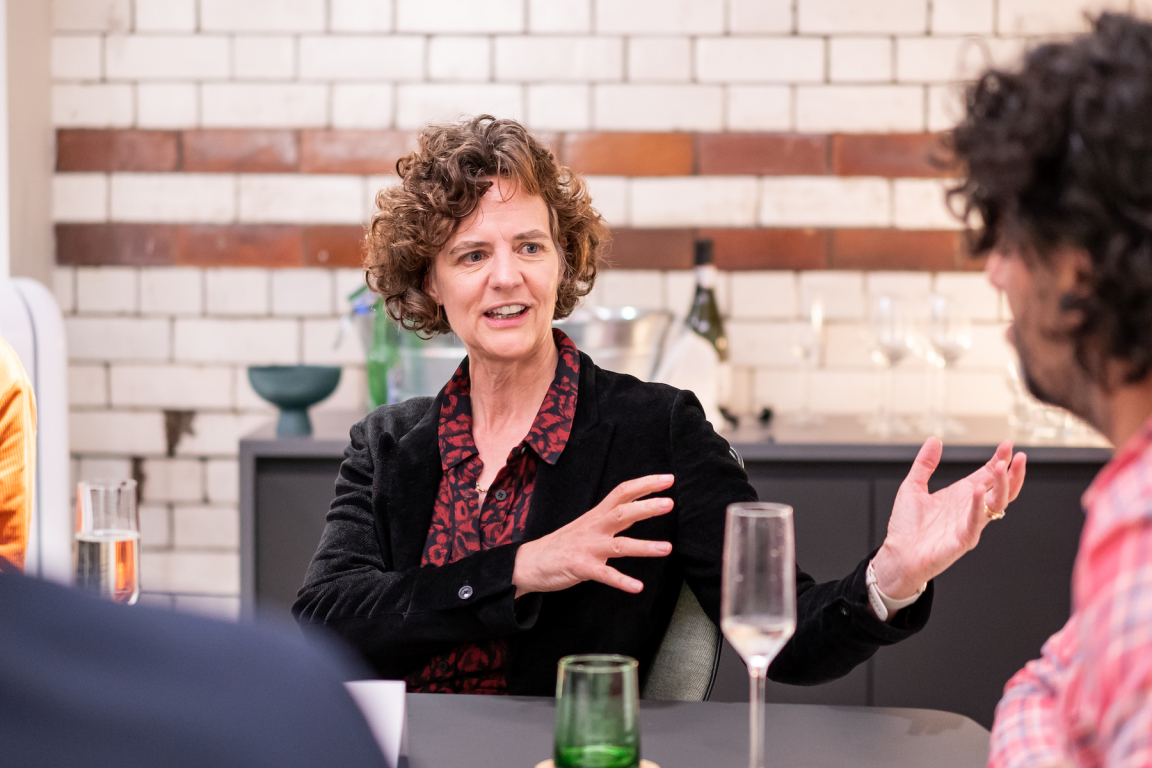
One theme to emerge during the discussion was ownership, and assessing what makes a space functional and enjoyable to be in at the same time. The pandemic has led to many people - young and old - reluctant to leave their homes. And this is no different in educational institutions. So how do we get students back on campus?
"Functionality provides what students need", answered Dave, "but we also need to make spaces somewhere they want to be. Experience must be wrapped around the function."
Peter agreed: "Who should be curating these spaces?" During our transformation project, I was reminded by a student 'not to design the space for myself'".
This has been experienced first hand by Liz. "We had an instance in my previous role where we had a catering output that wasn't being used. So the students took it into their own hands, adding second hand, comfortable furniture and bookcases. Next thing, there were queues out the door."
This type of student curation has informed a current library project at MMU. Kevin explained: "Looking at the demographic of MMU students now, there are a lot of commuters that live regionally and go on to evening jobs. So we needed to consider things like lockers for storing uniforms. Some may have a lecture at 9am and another at 4pm, so how do we help them maximise their day? The library will have great emphasis on student use."
On an international basis, the same issue of enticing students back on campus also exists. Albeit, according to Maja, it's also about encouraging students to stay in the country rather than travel abroad for their studies. "Education is a business", commented Maja. "it's a competition."
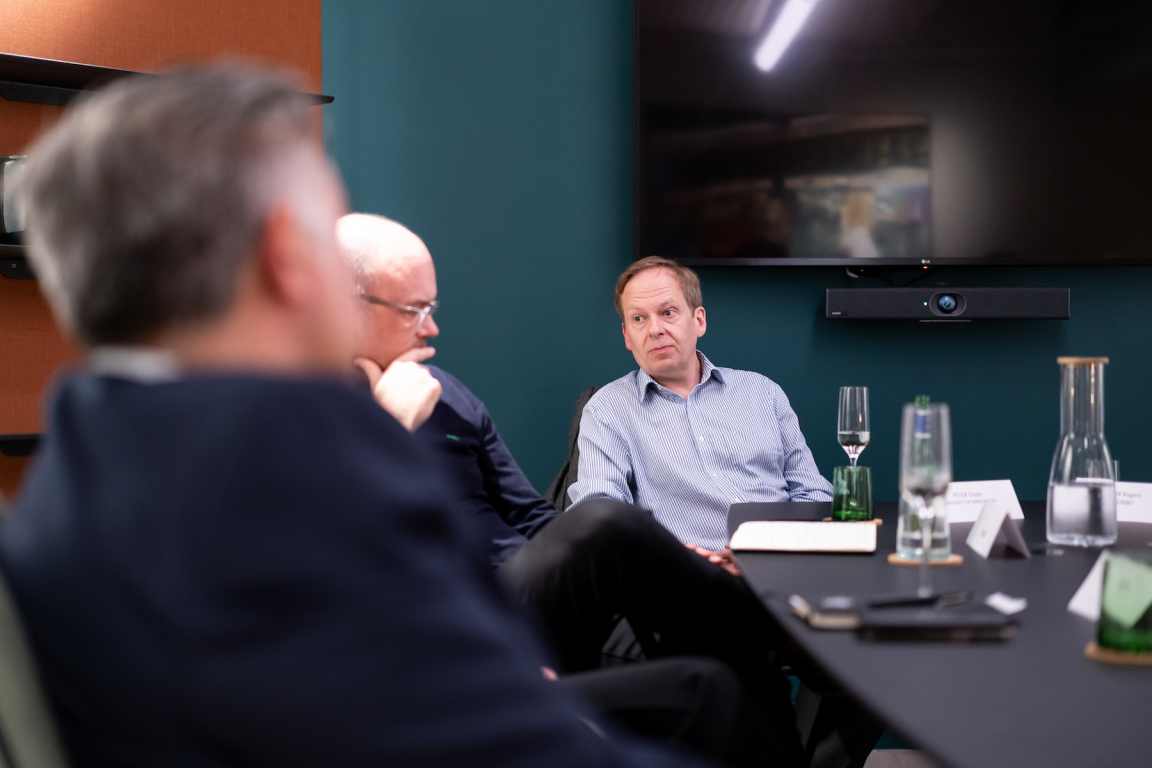
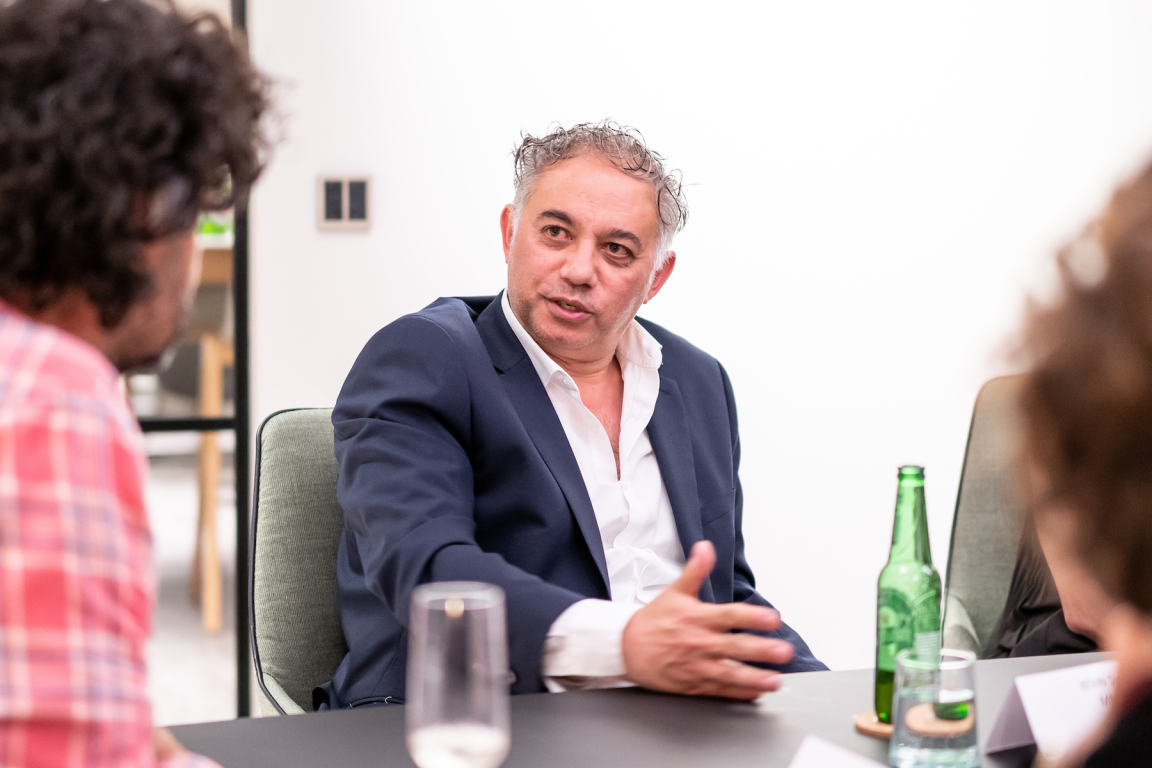
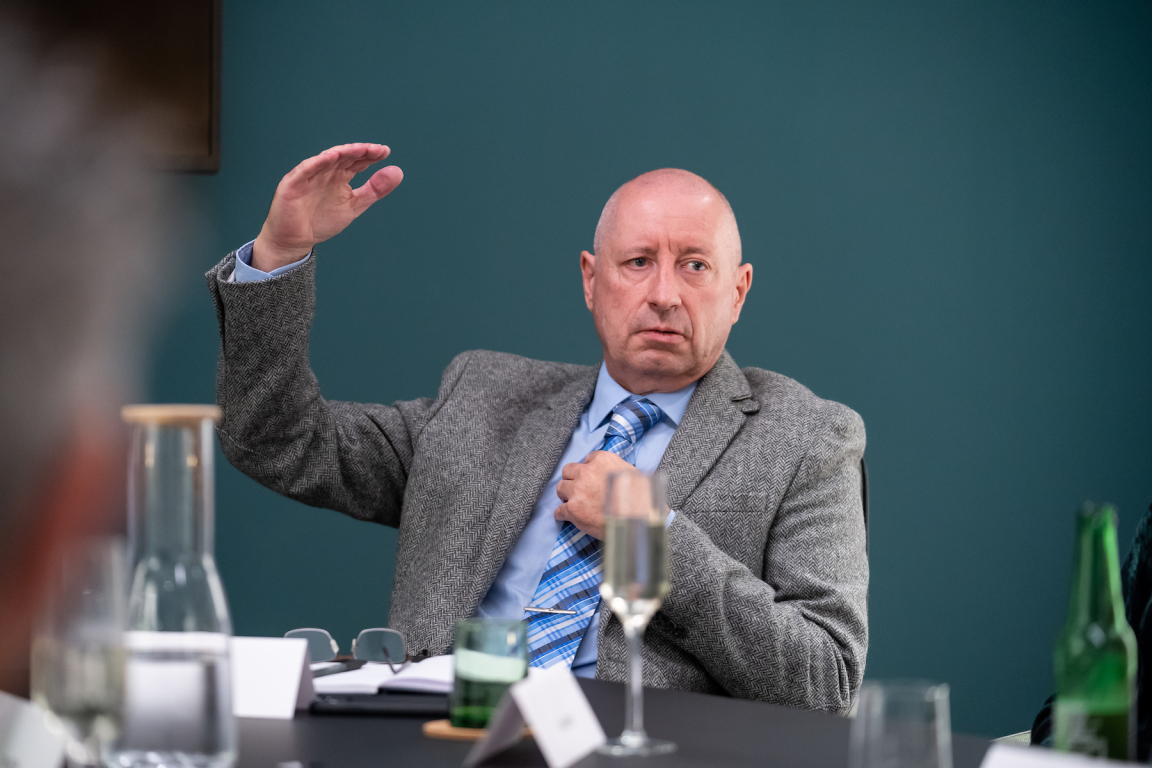
If you’re not in, you’re not going to learn – Mark Slocombe, Studio Leader, Atkins
As the first set of pandemic-affected cohorts complete their studies and enter the world of work, are they prepared?
"In the workplace, to be honest, if you're not in, you're not going to learn", stated Mark, in relation to the need for junior team members to learn from more senior colleagues through the osmosis of being in the office.
Liz added: "Within the University, we're seeing students attending seminars but not hanging around afterwards. How do you then make friendships outside of your course or peer group? We're looking at how we recreate the ‘stickiness’ on campus that helps friendships form."
How do we recreate that ‘stickiness’ on campus that helps friendships form? Our library is open 24/7 – it’s a hub – Liz Gatheral, Director of Estates & Capital Projects, University of Central Lancashire
Kevin believes attitudes were changing long before the pandemic."There's been change since the fees increased. There were a lot of assumptions about a 25% decrease in students, which didn't happen, and a lean towards students living at home, which, again, didn't happen. It seems the attitude is 'if I'm going to be in debt, I'm going to make sure I live in a really good place and get a really good education'. With student accommodation, people are willing to pay much more. And this has driven quality of design. The quality of your estate is your marketing."
In Mark's experience, the increased fees have led to some students feeling like teaching is a transaction - that they are effectively paying to be told answers.
Kevin responded by sharing the analogy he shares with his students.
University is like a gym membership. If you pay £40 a month for the gym, you don't magically get fit. You have to work. And University is exactly the same. You're effectively paying for opportunities. - Professor Kevin Singh, Head of Manchester School of Architecture, MMU
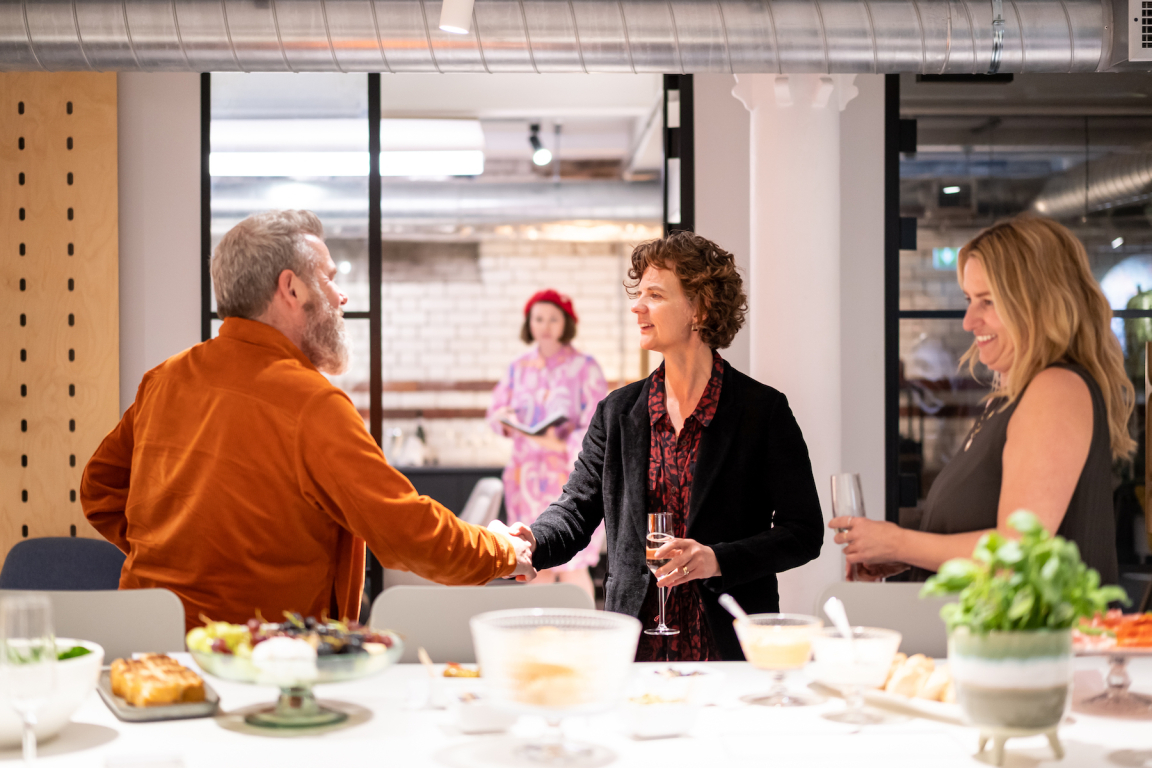
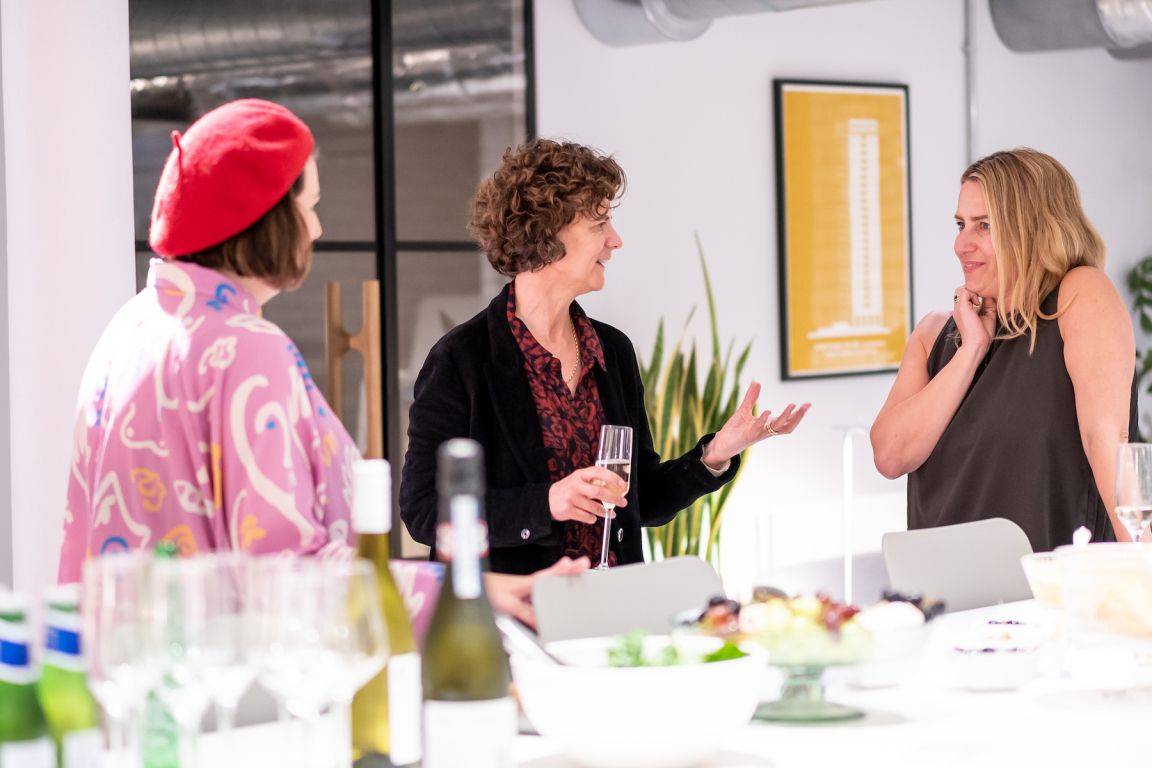
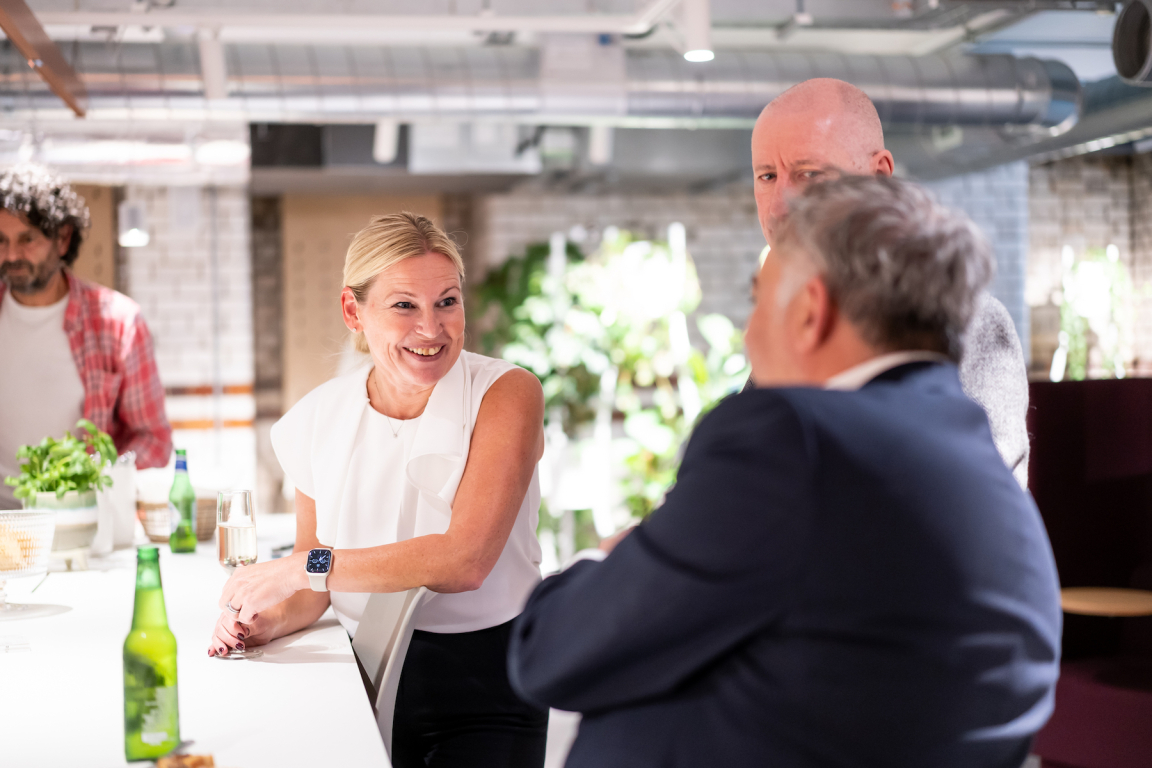
Top takeaways:
- The design of schools needs to change
- AI could relieve teachers of repetitive tasks, allowing more time for mentoring
- Technology should be used as an enabler, not a teaching tool
- Open plan has been perceived negatively but is proving successful in higher education environments
- Student, and all stakeholder, engagement is key from the start to ensure buy-in
- Student curation can help attract people back on campus
- Increased fees have driven quality of design and the need for function wrapped in experience
A huge thank you to all our roundtable guests, and our partner and supporter for the evening, Forbo.
All image credits: Victoria Middleton


